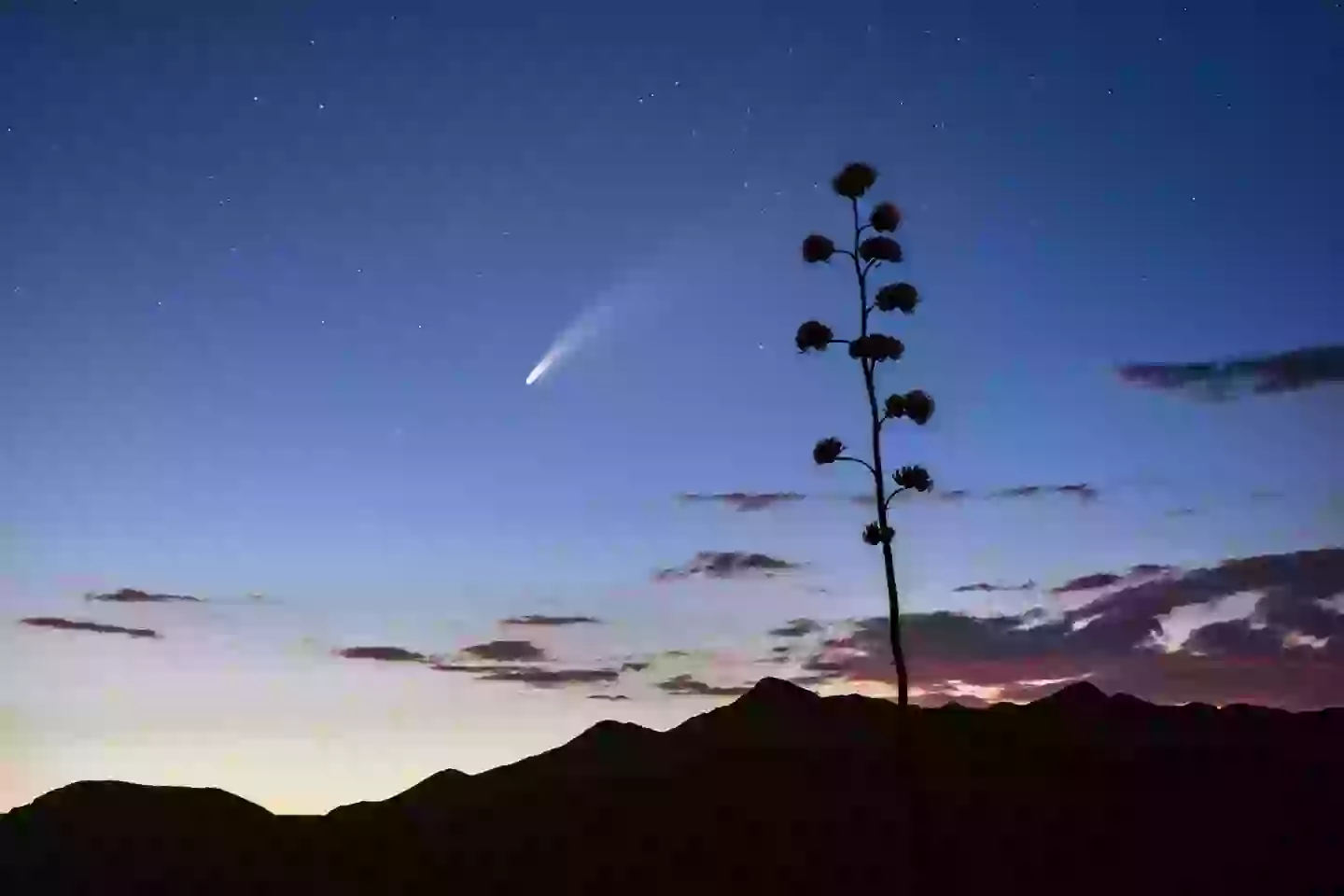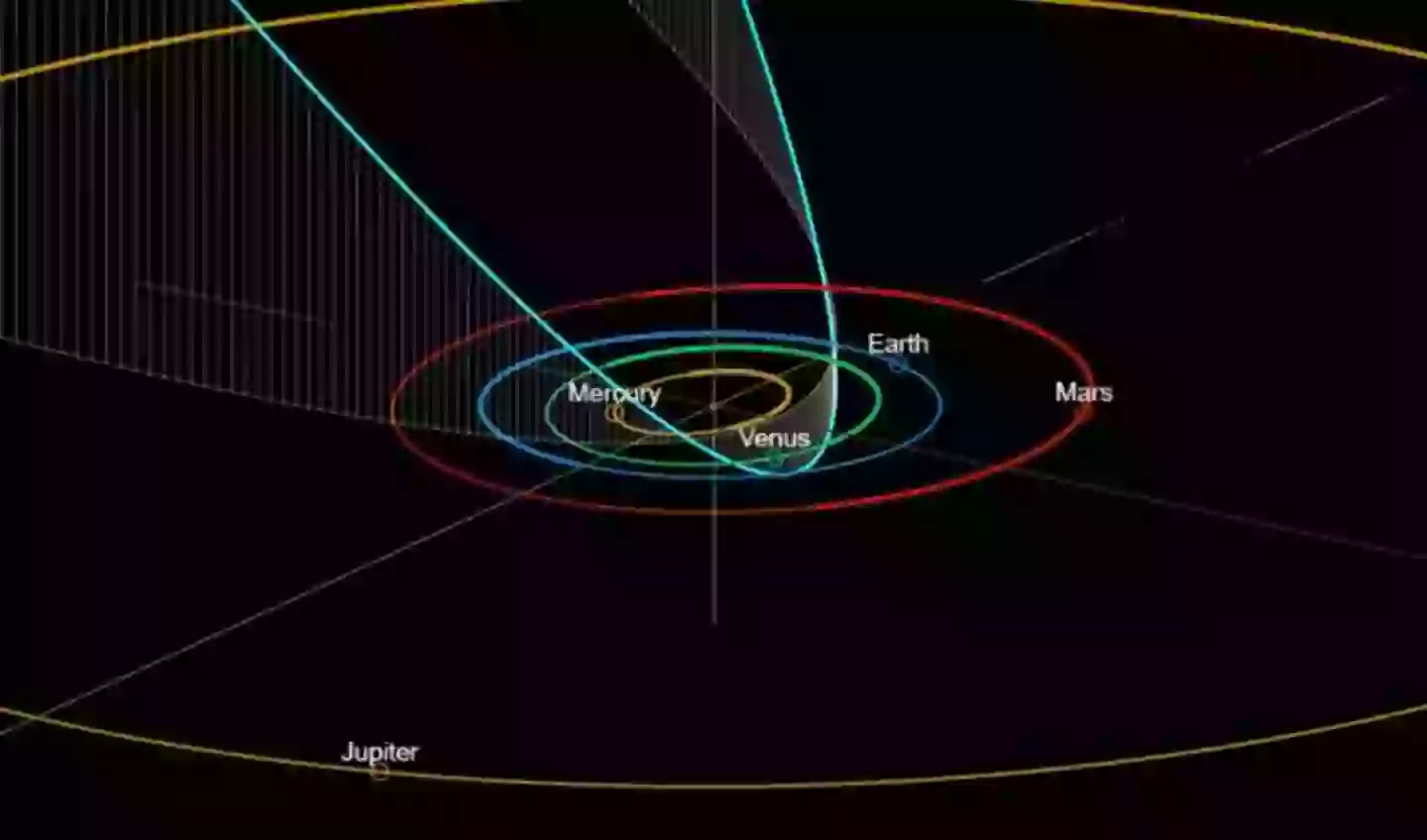
Well, well, well. Look who has decided to show up around these parts once again.
If you assumed we were talking about C/2023 A3 (Tsuchinshan-ATLAS) then you'd be correct.
The comet with an incredibly catchy name will make a rare appearance, making itself visible for the first time in 80,000 years.
Advert
And, as an added bonus, the space chunk should be visible to the naked eye, so you won't even need any fancy tech to see this saucy minx streak across the sky.
C/2023 A3 (Tsuchinshan-ATLAS) is currently soaring at a rate of 180,610 miles per hour between Saturn and Jupiter and was first spotted on February 22 by not one but four telescopes in South Africa, Chile, and Hawaii.

Our gal is coming in hot and she is making a scene as she does it.
Advert
Good on you, comet. You do you.
University of Pennsylvania senior research associate Qicheng Zhang wrote a message to budding astronomers revealing 'conditions are extremely favorable for this comet, the most promising in many years, and it could well create an Arend-Roland-like display after perihelion if it does survive'.
He revealed the geometry for that comet was very similar.
"However, I would definitely not consider that a guarantee at this point, and it would not be unprecedented for this comet to turn out to have a sub-kilometer nucleus that disintegrates leaving us nothing to see at its theoretical best."
Advert
According to EarthSky the perihelion - a fancy word for the point in the orbit of a celestial item is closest to the Sun - will occur on September 28, 2024.
At that point the comet will girl boss it within 36 million miles of the Sun.
Good for her.

Advert
After that, it should be visible to Earth roughly one month later, hopefully giving us a wave when she goes past, before she begins her long journey around once again.
Space boffins estimate that the comet could get to a magnitude 0.7 on the brightness scale, which means C/2023 A3 (Tsuchinshan-ATLAS) may outshine some of the brightest stars in our sky.
But, do remember that comets are finicky beasts and often don't live up to expectations.
So keep your eyes on the sky as the celestial ballet continues and keep an eye out for C/2023 A3 (Tsuchinshan-ATLAS) in all of its glory in the next year and a half or so.
Advert
Or get a telescope and have a closer look.
Just make sure you avoid the Sun while doing so.
Topics: Space, Science, News, World News
